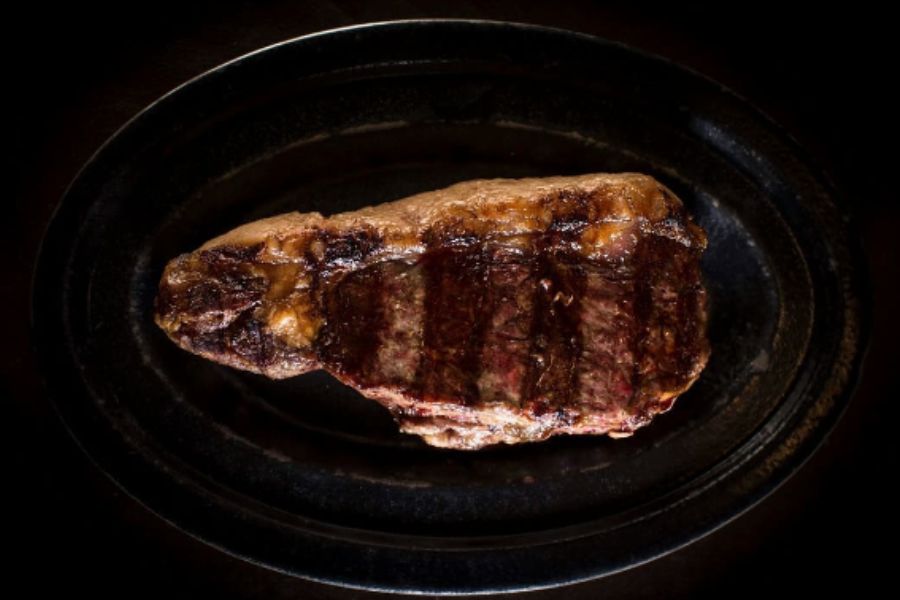Controversial Street Foods Around the World


The world’s street food scene is a vibrant tapestry of flavors and traditions, but not every delicacy is universally embraced. Some dishes, deeply rooted in local culture, can spark intense debate or even revulsion among outsiders due to their ingredients, preparation, or ethical implications.
These controversial street foods challenge palates and perceptions, pushing the boundaries of what is considered edible.
Balut

This infamous Filipino delicacy is a fertilized duck egg embryo, incubated for about 14 to 21 days, then boiled and eaten directly from the shell. Its partially developed features, including feathers and bones, make it a challenging yet popular street snack in the Philippines, sparking intense ethical debates globally.
Fried Insects

Across Thailand and other parts of Southeast Asia, fried insects like crickets, silkworms, grasshoppers, and even scorpions are common street food. While a sustainable protein source and crunchy snack for locals, their appearance often deters Western palates, making them a weird street food experience for tourists.
Casu Marzu

This traditional Sardinian cheese from Italy is notorious for containing live maggot larvae. These insects are intentionally introduced to ferment the cheese, breaking down fats and creating a very soft texture. Despite its unique flavor, it’s illegal for commercial sale due to health concerns, making it a truly controversial delicacy.
Hákarl

A national dish of Iceland, Hákarl is fermented shark meat, typically from Greenland shark. The fresh meat is poisonous, so it undergoes several months of fermentation and of drying process to make it edible. Its incredibly strong ammonia-rich smell and pungent taste make it an extreme, exotic street food for many.
Fugu

This Japanese pufferfish delicacy is famously potentially lethal due to neurotoxins if not prepared meticulously. Only highly trained and licensed chefs in Japan are permitted to serve it. Despite strict regulations, the inherent risk of consumption makes Fugu one of the most dangerous and controversial street foods globally.
Dog Meat

The consumption of dog meat is a deeply divisive issue, particularly in countries like Vietnam and parts of South Korea. While a traditional food for some, it faces widespread international condemnation due to animal welfare concerns over sourcing and slaughter practices, making it a highly ethical food controversy.
Sannakji

This dish from South Korea features live octopus tentacles, cut fresh and served immediately, still wriggling due to nerve activity. The controversy and danger lie in the suction cups, which can stick to the eater’s throat and cause choking. It’s a bold, bizarre food for adventurous eaters.
Tuna Eyeball

In some parts of Japan, particularly at fish markets, large tuna eyeballs are sold as a street food delicacy. Often served boiled or steamed, they possess a gelatinous texture and fishy flavor. While a common part of nose-to-tail eating for some, their appearance can be unsettling to many international visitors.
Escamoles

Considered Mexican caviar, Escamoles are the edible larvae and pupae of ants, harvested from agave plants in central Mexico. They have a delicate, buttery, and nutty flavor, often served in tacos or omelets. Their insect origin makes them a surprising and unusual delicacy for those unfamiliar with entomophagy.
Fried Tarantulas

In Skuon, Cambodia, fried tarantulas became a common street food out of necessity during the Khmer Rouge era. Now a tourist attraction, these crispy, hairy spiders are often seasoned with garlic and salt. Their intimidating appearance makes them one of the most visually shocking and weird street foods for travelers.
Jellied Moose Nose

A traditional indigenous and frontier dish in parts of Canada, Jellied Moose Nose is made by boiling and skinning a moose’s snout, then cutting it into pieces and setting it in a broth to form a jelly. Its unusual texture and unique ingredients make it a controversial delicacy for many outsiders.
Blood Sausage

Known as black pudding in the UK and Ireland, or various blood sausages across Europe, this food is made from cooked pig or cattle blood mixed with filler like oatmeal, fat, and spices. Its main ingredient, animal blood, makes it a controversial food for ethical and religious reasons in various cultures.
Pacha

This traditional dish from Iraq and other parts of the Middle East involves boiling an entire sheep’s head, sometimes with trotters, until tender. It’s often served whole, directly from the pot. The visual presentation of the complete animal head can be confronting and unsettling for many international palates, making it a bizarre food.
Century Egg

Also known as a “hundred-year egg,” this Chinese delicacy is a preserved duck, chicken, or quail egg. It’s cured for weeks or months in a mixture of clay, ash, salt, quicklime, and rice hulls, resulting in a dark, jelly-like white and a creamy, pungent green yolk. Its appearance and strong aroma make it a controversial street food.
Cuy

In the Andean regions of Peru and Ecuador, cuy, or guinea pig, is a common and traditional food, typically roasted whole. While a delicacy for locals, its status as a pet in Western cultures makes its consumption highly controversial street food for many international visitors, sparking strong ethical reactions.
Global Culinary Cultures

These controversial street foods showcase fascinating cultural traditions, yet frequently spark debate over ethics and palatability. They remind us that what’s a cherished delicacy in one corner of the globe can be a truly bizarre food in another, making every culinary adventure a unique test of an open mind and a daring palate.
